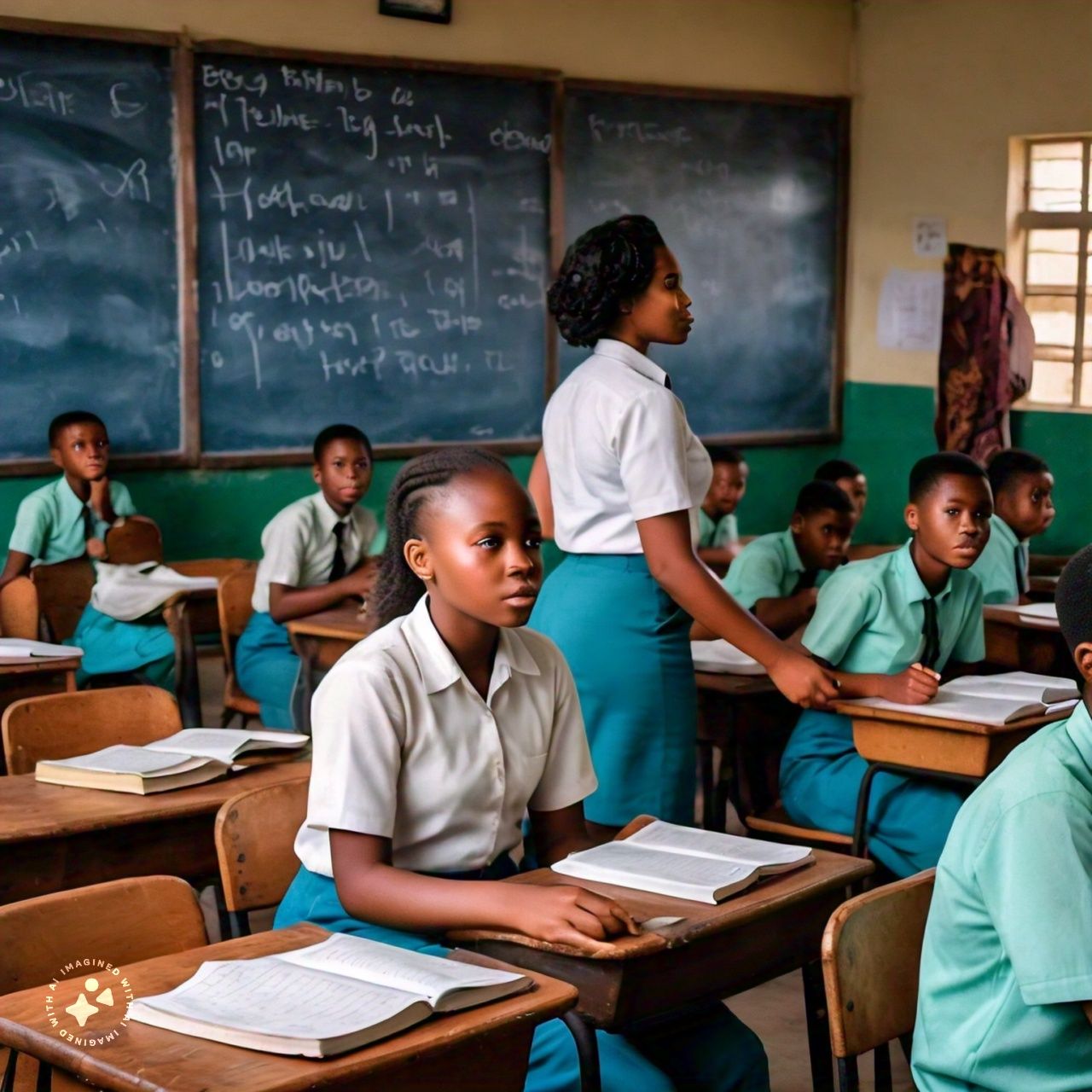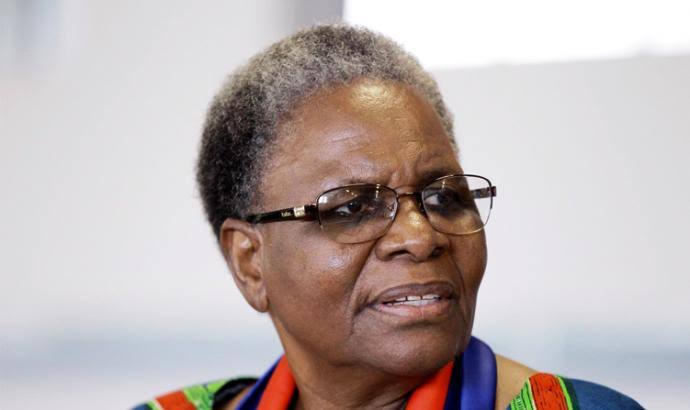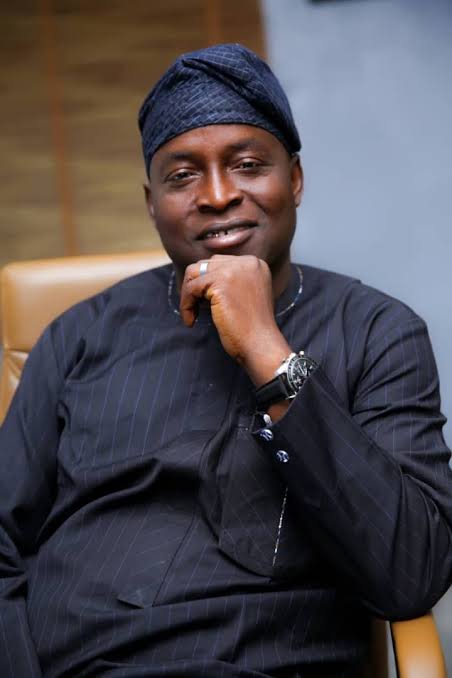Even though primary education is officially free and compulsory, about 10.5 million of the country’s children aged 5–14 are not in school. Only 61 percent of 6- to 11-year-olds regularly attend primary school, and only 35.6 percent of children aged 36–59 months receive early childhood education.
In the north of the country, the picture is even bleaker, with a net attendance rate of 53 percent. Getting out-of-school children back into education poses a massive challenge.
Gender, like geography and poverty, is an important factor in the pattern of educational marginalisation. States in the north-east and north-west have female primary net attendance rates of 47.7 percent and 47.3 percent, respectively, meaning that more than half of the girls are not in school.
Education deprivation in northern Nigeria is driven by various factors, including economic barriers and socio-cultural norms and practices that discourage attendance in formal education, especially for girls.
Nigeria’s education sector, brimming with talented individuals, faces significant challenges due to inadequate resources. This dichotomy between abundant talent and scarce resources has profound implications for the nation’s future.
Nigeria has one of the largest populations of young people in the world, with over 70% of its population under the age of 30. This demographic dividend presents a unique opportunity for economic growth and development. Nigerian students consistently demonstrate exceptional abilities in various fields.
They excel in science, technology, engineering, mathematics (STEM), arts, and sports, often outshining their peers on international platforms.
For instance, Nigerian students have made headlines by winning global competitions like the Microsoft Office Specialist World Championship and the Technovation Challenge. Universities in Nigeria produce some of the brightest minds, contributing to research and innovation both locally and globally. Despite these achievements, the full potential of these talents remains largely untapped due to systemic challenges.
The Nigerian education system is plagued by chronic underfunding and misallocation of resources. According to the United Nations Educational, Scientific, and Cultural Organisation (UNESCO), countries should allocate at least 15-20% of their national budgets to education.
However, Nigeria’s budgetary allocation to education has consistently fallen short of this recommendation, often hovering around 5-7%.
This underfunding manifests in several ways:
Infrastructure Deficiencies: Many schools, especially in rural areas, lack basic infrastructure. Classrooms are overcrowded, with insufficient desks and chairs, poor ventilation, and inadequate lighting. Laboratories and libraries, critical for STEM and humanities education, are either poorly equipped or nonexistent.
Shortage of Qualified Teachers: There is a significant shortage of qualified teachers, particularly in science and technical subjects. This shortage is exacerbated by poor remuneration and working conditions, leading to low morale and a high turnover rate among educators.
Outdated Curriculum: The curriculum in many Nigerian schools is outdated and does not adequately prepare students for the demands of the modern workforce. There is a disconnect between what is taught in schools and the skills needed in the job market, leading to high unemployment rates among graduates.
Limited Access to Technology: In an increasingly digital world, access to technology is crucial for quality education. Many Nigerian schools lack computers, internet access, and other technological tools necessary for effective learning and teaching.
Despite these challenges, there have been concerted efforts by the government and private sector to address the resource gap. Initiatives like the Universal Basic Education (UBE) program aim to provide free and compulsory education for children up to the junior secondary level. Additionally, various non-governmental organisations (NGOs) and private companies are investing in educational projects, focusing on areas such as teacher training, infrastructure development, and digital literacy.
For example, the Teach for Nigeria programme recruits and trains young graduates to teach in under-resourced schools, aiming to bridge the gap in teacher quality and quantity. Similarly, tech giants like Google and Microsoft have launched initiatives to improve digital skills among Nigerian students and educators.
To truly harness the abundant talent within Nigeria, a multifaceted approach is required. Here are some key strategies:
Increased Funding: The government needs to prioritise education in its budget, ensuring that adequate resources are allocated to build and maintain infrastructure, hire and retain qualified teachers, and provide necessary learning materials.
Curriculum Reform: There is a need to update the curriculum to align with global standards and the demands of the modern workforce. Emphasising critical thinking, problem-solving, and digital literacy will better prepare students for future challenges.
Public-Private Partnerships: Encouraging collaboration between the government, private sector, and NGOs can help pool resources and expertise, leading to more effective and sustainable educational interventions.
Community Engagement: Engaging local communities in the education process can foster a sense of ownership and responsibility, ensuring that schools are supported and maintained. Parental involvement is crucial in encouraging student attendance and performance.
Leveraging Technology: Embracing technology in education can bridge resource gaps. E-learning platforms, online resources, and digital tools can provide students and teachers with access to quality education materials and training opportunities.
Nigeria stands at a critical juncture where the talents of its young population can drive national development and global competitiveness. However, this potential can only be realised if the systemic issues plaguing the education sector are addressed.
If we start investing in education and ensuring equitable distribution of resources, Nigeria can transform its demographic dividend into a powerful engine for progress and prosperity. The journey may be challenging, but the rewards of a well-educated and empowered populace are immeasurable.














